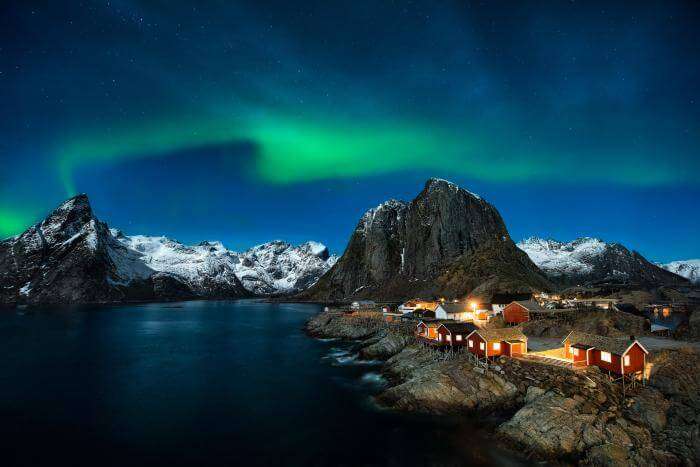Everland, Seoul, Korea

Because it's South Korea's biggest theme park, Everland can easily overwhelm you with its mind-blowing vastness. There are indoor and outdoor rides and a zoo as well.
In addition, since it's located in Yongin, traveling to Everland is an adventure for the journey there requires using public transportation that could take up to 2 hours, if leaving from Seoul city.
Like everyone else, we searched for practical solutions to make our holiday trip to Everland not only easier but also affordable. So, we have put together the guide below. A major part of the battle is already won after arming yourself with a most comprehensive guide of Everland.
New Covid-19 Steps
Masks must be worn at all times, and you're advised to practice social distance as much as possible. Up to groups of 8 are permitted in Everland, of which no less than 4 people must be already vaccinated. Know that operation of narrow indoor sites and even parades have been temporarily suspended.
Pre-trip Planning
1) Pre-order your tickets online
Though you can still buy tickets at Everland itself, today nobody lines up for ticket purchases. Save precious time by attaining your entry tickets before going there.
Tickets generally cost around $56 to $67 for adults, depending on when you are visiting. But you may buy them at a discount online.
2) How to get to Everland from Seoul City
There are many ways to travel from Seoul to Everland; I have listed a number of options:
(1) By Subway/Metro (Yongin Ever Line)
-- Seoul Station to Suwon Station
-- Transfer to Bundang Line: Suwon Station to Giheung Station
-- Transfer to Everline Line: Giheung Station to Jeondae Everland Station
From Jondae Station, board the free shuttle bus to Everland.
Approximate time: 122 minutes
(2) By Public Bus
-- Bus No. 5002 from Gangnam Stn. Exit 5
Approximate time: 40 to 50 minutes
(3) By Shuttle Bus
An Everland bus departs from main places within Seoul like Gangnam, Hongdae, Myeongdong, directly to Everland. You could buy the ticket while boarding the bus.
Approximate time: 50 to 70 minutes
3) Avoid peak periods & Korean Holidays
Besides the busy weekends, avoid summer vacation and holidays such as Korean Thanksgiving Day (15th day of the 8th lunar month), Christmas, and New Year.
Everland Arrival
4) Everland's Themed Zones
Everland is divided into five different themed zones, beginning from the central entrance in an anti-clockwise direction: Global Fair, American Adventure, Magic Land, European Adventure, and Zootopia.
You'll find paper maps available as you enter. Grab one to orientate and plan your trip there. It may be a good idea to circle those rides you must try before leaving. T-Express is one of the world's most popular thrilling wooden roller coasters.
5) Must-see Programs & Shows
-- Parade: 2:30 PM and 8:30 PM (location: Carnival Square)
-- Fireworks: 9:30 PM (location: Four Seasons Garden)
Tip #1: Program timings flash on the TV screens at the entrance; just take a picture with your phone for easy reference.
Tip #2: Go early for the fireworks show and parades to secure a decent viewing spot.
6) Perfect path for thrill seekers
Here's a highly recommended path for all adrenaline fanatics.
(1) European Adventure (T-Express, Rotating House)
(2) Magic Land (Thunder Falls)
(3) American Adventure (Robot VR, Hurricane, Double Rock Spin, Rolling X-Train, Let's Twist)
(4) Global Fair (Kpop hologram, Grand Emporium to buy)
(5) Zootopia (Lost Valley, Amazon Express, Safari World)
Although this is probably the most rational path for thrill-seekers, do not restrict yourself while you are there. Try other rides not mentioned here. Be flexible and expand your horizons to maximize your experience.
7) Other recommended routes
Intended for families with children or older members
Everland is wildly popular among people of all ages on account of the fact that there are several various zones catering to guests of varying age groups.
If you are visiting with young children or elderly folks, you may wish to spend time in Magic Land, Zootopia, and Global Fair. In Global Fair, you'll find a few retail stores.
Magic Land
Here there are semi-adventurous rides, perfect for the little ones such as Bumper Car, Helicycle, the Magic Swing.
Next, go over to Zootopia to come close to animals like giraffes, tigers, and lions.
Finally, catch the fireworks show and night parade before leaving.
Must-dos when time is limited
If planning half a day at Everland, it's now possible to conquer the best of Everland in only 4 hours! Entirely skip Magic Land and concentrate on European and American Adventures.
Tip: Request from theme park staff for the quickest routes and shortcuts to your locations.
8) Eating in Everland
Everland's different themed zones are filled with several food stalls. If you want a broad selection of options, go to Holland Village which is home to 12 European-style eateries with 1,000 outdoor seats.
Tip: Outside food could be taken to Everland to cut down on eating expenses, for food in theme parks tend to be expensive. But do not hold any food items while entering rides, for they'll be confiscated.
9) Shopping in Everland
Since the Grand Emporium in Global Fair is the biggest retail store in Everland, plan to make this your last stop for final purchases, for it's situated near the central entrance/exit.



